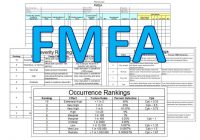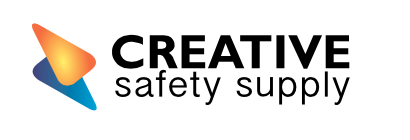Taiichi Ohno Quotes and Insights from “The Birth of Lean”
From the book description: “There are a lot of books that describe the Toyota Production System, but most do so in a way that implies that there was a master plan to create a company-wide improvement system. But as the pioneers in The Birth of Lean explain, there was no master plan—TPS came about through experimentation, trial and error, and an evolution of ideas that shaped Toyota’s structure and management system. This is an honest look at the origins of Lean, written in the words of the people who created the system.”
One of the stories I liked was how Toyota decided they needed to move away from efficiency as the core metric (like most companies focus on). Toyota was trying to attempt to close the gap in automobile production efficiency between Japan and US (estimated to be about 10 times better in the US). They increased 5-6 times efficiency and were closing the gap, but they didn’t have enough customers to buy the cars, so Toyota nearly collapsed. This led to job cuts and worker unrest, and ultimately to the commitment for lifetime employment. But most importantly, it led to a focus on not overproducing, which they say is the worst type of waste.
There is a lot of focus on Taiichi Ohno (chapter 1 is an interview with him), and he has some excellent quotes that I liked:
- “We learned to design systems that could be operated by anyone – amateurs – with a minimum of training. That’s what standardized work is all about.”
- “The Toyota Production System is one and the same with (Total Quality Control) TQC and with its principle of zero defects. They’re simply different names for the same basic approach.”
- “Make do with the equipment you’ve got.”
- “Don’t automate anything.”
- “Don’t spend any money.”
- “Limit your production output to the numbers in the sales plan.”
- “Your costs will eat up all your profit if you don’t watch out, so don’t hire more people.”
- “When you go into the workplace, you should be looking for things that you can do for your people there. You’ve got no business in the workplace if you’re just there to be there. You’ve got to be looking for changes you can make for the benefit of the people who are working there.”
- “As much as possible, get the opinions of the people who are actually doing the work. Wisdom is born from the ideas of novices. The veterans will spout off about what’s possible and what’s not possible on the basis of their experience and a tiny bit of knowledge. And when the veterans speak, everyone else keeps quiet. So kaizen can’t even get started.”
- “You need to staff your line at a level where the line stops about 10% of the time. That’s the only way to make sure of getting problems out into the open. People think that everything’s great if the line keeps moving. But that’s wrong.
- “It’s a good sign if your maintenance guys can sit around and play mahjong. You’re in trouble if they’re busy running around.”
I’m still reading this book, so I’ll continue to update this page as I find more quotes and insights…

You can order the book from Amazon >>>






















